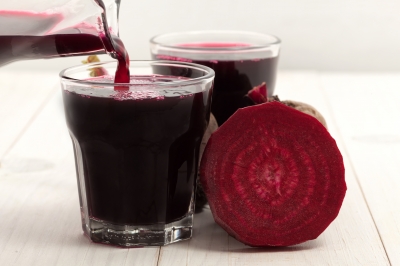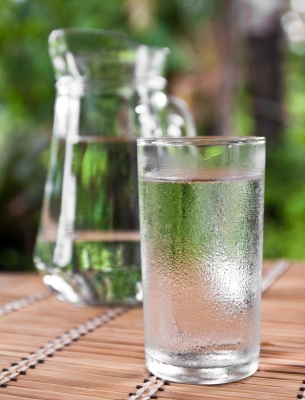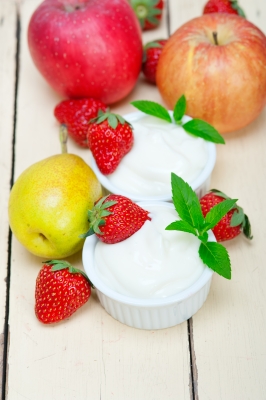
Dr. Freeman shares what young adults can do now to prevent heart problems later in life.
What are the results of this 25 year cardiology study linking prehypertension in young adults and heart problems later in life?
Prehypertension can lead to adaptive changes that result in structural alterations in the cardiovascular system, including heart muscle structure, coronary vasculature, and conduction system of the heart over time. Structural changes eventually lead to functional changes resulting in disease: coronary artery disease, angina, myocardial infarction, cardiac arrhythmias, and congestive heart failure.
What does this study mean for young adults?
Continue reading

 Did you know dining out increases your risk for high blood pressure?
Did you know dining out increases your risk for high blood pressure? Don’t let healthy summer habits fade away as you move into the fall. Fall often means shifting gears from summer activities into a more structured fall routine. How can you maintain healthy summer behaviors while stepping into fall?
Don’t let healthy summer habits fade away as you move into the fall. Fall often means shifting gears from summer activities into a more structured fall routine. How can you maintain healthy summer behaviors while stepping into fall? There are many heart disease risk factors, such as high blood pressure and high cholesterol, associated with low nitric oxide levels.
There are many heart disease risk factors, such as high blood pressure and high cholesterol, associated with low nitric oxide levels.



